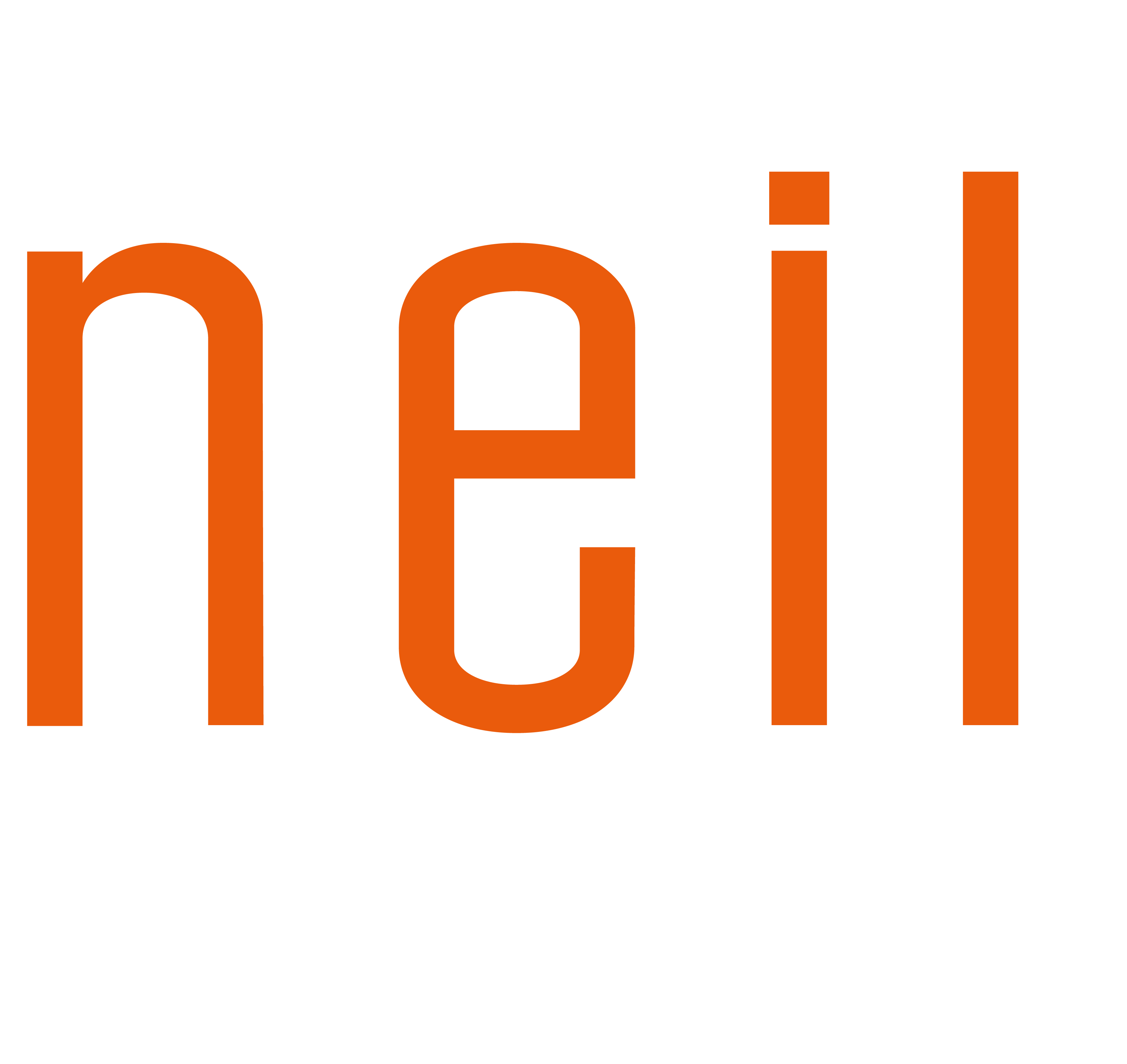In the tapestry of life’s uncertainties, perhaps none is more unsettling than the prospect of a sudden illness or disability that robs us of our ability to work. This challenge, often overshadowed by concerns of longevity or mortality, presents a unique and pressing threat to our financial well-being. It’s a risk that lurks in the shadows of our daily lives, capable of upending even the most meticulously crafted financial plans in an instant.
The statistics paint a sobering picture. At any given moment, a significant portion of the workforce is grappling with a disability that impacts their ability to earn. These aren’t just numbers; they represent lives thrown into turmoil, dreams deferred, and families thrust into financial uncertainty. The reality is that our income – the engine that drives our financial plans and supports our lifestyle – is far more fragile than we often care to admit.
The financial consequences of a long-term illness or disability are far-reaching and often underestimated. Beyond the immediate loss of income, consider the cascading effects: depleted savings, mounting medical bills, the potential need for long-term care, and the derailment of long-term financial goals like retirement planning or funding a child’s education. For many, a prolonged inability to work doesn’t just mean tightening the belt; it can lead to financial catastrophe.
To mitigate this risk, we must embrace a multi-faceted approach to income protection. Disability insurance emerges as a crucial tool in this arsenal. Far from being a luxury, it’s a fundamental component of a comprehensive financial plan. It provides a financial lifeline, replacing a portion of your income if you’re unable to work due to illness or injury. Yet, surprisingly, many individuals either lack this coverage or are severely underinsured.
But insurance is just one piece of the puzzle. Building a robust emergency fund takes on renewed importance in light of this risk. While conventional wisdom might suggest three to six months of expenses, the spectre of long-term disability might necessitate a more substantial cushion. Additionally, diversifying income streams through investments, side businesses, or passive income sources can provide an additional layer of protection.
As you ponder your financial defences, ask yourself this crucial question: Could your finances withstand months or years without your income? The answer to this question should serve as a call to action, prompting a thorough review and possible overhaul of your financial protection strategies.
Addressing this challenge goes beyond financial instruments. It involves a holistic approach to health and well-being. Preventative healthcare, stress management, and maintaining a healthy work-life balance are not just quality of life issues; they’re integral components of your financial protection strategy.
Moreover, in an era of rapid technological change and economic shifts, continuous skill development and career adaptability become crucial. The ability to pivot to new roles or even new industries can be a powerful form of income protection in the face of health challenges.
The imperative to protect against the financial impact of critical illness or disability is not just a personal responsibility; it’s a societal one. When individuals are inadequately prepared for these eventualities, the burden often falls on family members, communities, and ultimately, taxpayers. By taking proactive steps to protect our income, we contribute to the resilience of our broader social fabric.
Time is of the essence in addressing this challenge. The robust protections you put in place today could make all the difference tomorrow. Every day that passes without adequate income protection is a day you leave your financial future to chance.
Remember, the goal isn’t to live in fear of what might happen but to create a secure foundation that allows you to pursue your goals and dreams with confidence. By facing the possibility of critical illness or disability head-on, we paradoxically free ourselves to take calculated risks and live life more fully, knowing we have a safety net in place.
The question isn’t whether you can afford to protect your income, but whether you can afford not to. Will your financial plan withstand the storm of a prolonged inability to work? The power to shape that answer lies in the choices you make today.

